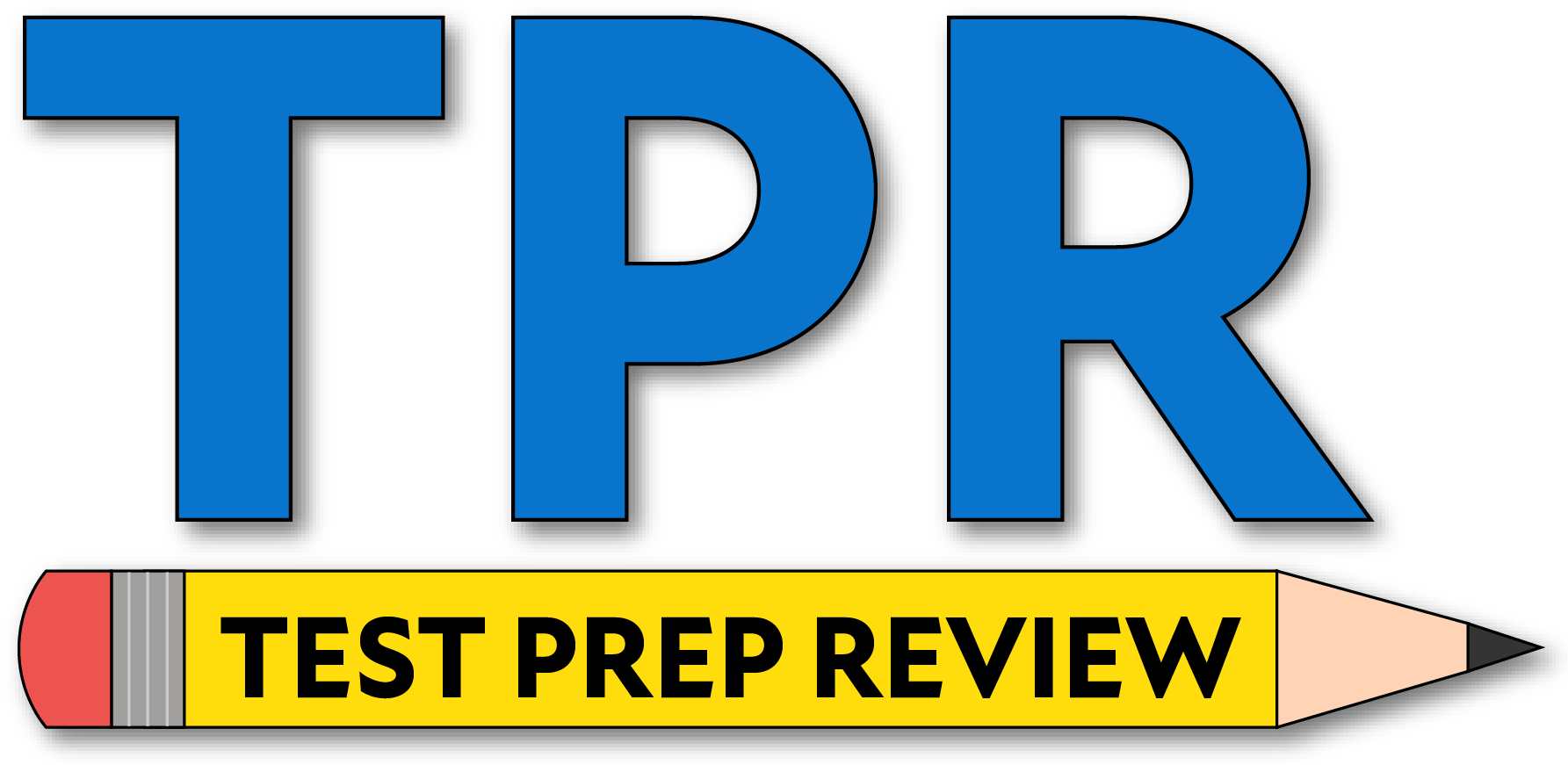- Which element is found in potassium chlorate and zinc nitrate?
- Hydrogen
- Oxygen
- Potassium
- Zinc
KClO3 and Zn(NO3)2 both contain oxygen, so oxygen is present in both compounds.
- Atoms of which element have the weakest attraction for electrons?
- Na
- P
- Si
- S
Sodium has the lowest electronegativity among Na, P, Si, and S, so it attracts electrons most weakly.
- Which element is classified as a metalloid?
- Sulfur
- Silicon
- Barium
- Bromine
Silicon is a metalloid with properties intermediate between metals and nonmetals.
- Which metal is most likely obtained by the electrolysis of its fused salt?
- Au
- Ag
- Li
- Zn
Very reactive metals, like Li, are obtained by electrolysis of their molten salts rather than chemical reduction.
- Because of its high reactivity, which element is never found free in nature?
- O
- F
- N
- Ne
Fluorine is so reactive that it occurs only in compounds, never as free F2 in nature.
- Why does iron corrode more easily than aluminum and zinc?
- Aluminum and zinc are both reduced
- Aluminum and zinc are both oxidizing agents
- Aluminum and zinc both form oxides that are self-protective
- Aluminum and zinc both form oxides that are very reactive
Aluminum and zinc form dense, adherent oxide layers (Al2O3, ZnO) that protect the metal. Iron’s oxide does not.
- Which substance is produced by the Haber process?
- Aluminum
- Ammonia
- Nitric acid
- Sulfuric acid
The Haber process synthesizes ammonia:
\(\text{N}_2 + 3\text{H}_2 \rightleftharpoons 2\text{NH}_3\)
- What is the total number of moles of hydrogen atoms contained in one mole of (NH4)2C2O4?
- 6
- 2
- 8
- 4
(NH4)2C2O4 has two NH4⁺ groups times 4 H each, which equals 8 moles of H atoms per mole of compound.
- The observed regularities in the properties of elements are periodic functions of their…
- Atomic numbers
- Mass numbers
- Oxidation states
- Non-valence electrons
When elements are arranged by increasing atomic number (Z), their valence-shell electron configurations repeat at regular intervals, so properties recur in patterns. Mass number, oxidation state, and non-valence electrons don’t cause the periodic pattern—they’re consequences of position set by Z.
- Which physical characteristic of a solution may indicate the presence of a transition element?
- Density
- Color
- Effect on litmus
- Effect on phenolphthalein
Many transition-metal ions form colored solutions due to d–d electron transitions.
- Which element has a crystalline lattice composed of positive ions through which electrons flow freely?
- Bromine
- Calcium
- Carbon
- Sulfur
Metals like calcium have a lattice of positive ions with a “sea” of delocalized electrons that conduct.
- Red litmus paper will turn blue when placed in an aqueous solution of…
- KCl
- KOH
- CH3OH
- CH3COOH
KOH is a strong base, and bases turn red litmus blue.
- Equilibrium is attained in a chemical cell when cell voltage is equal to…
- +1.00 V
- +2.00 V
- 0.00 V
- -1.00 V
At equilibrium, \(\Delta G = 0\) and the cell’s net potential is \(E = 0.00 V\).
